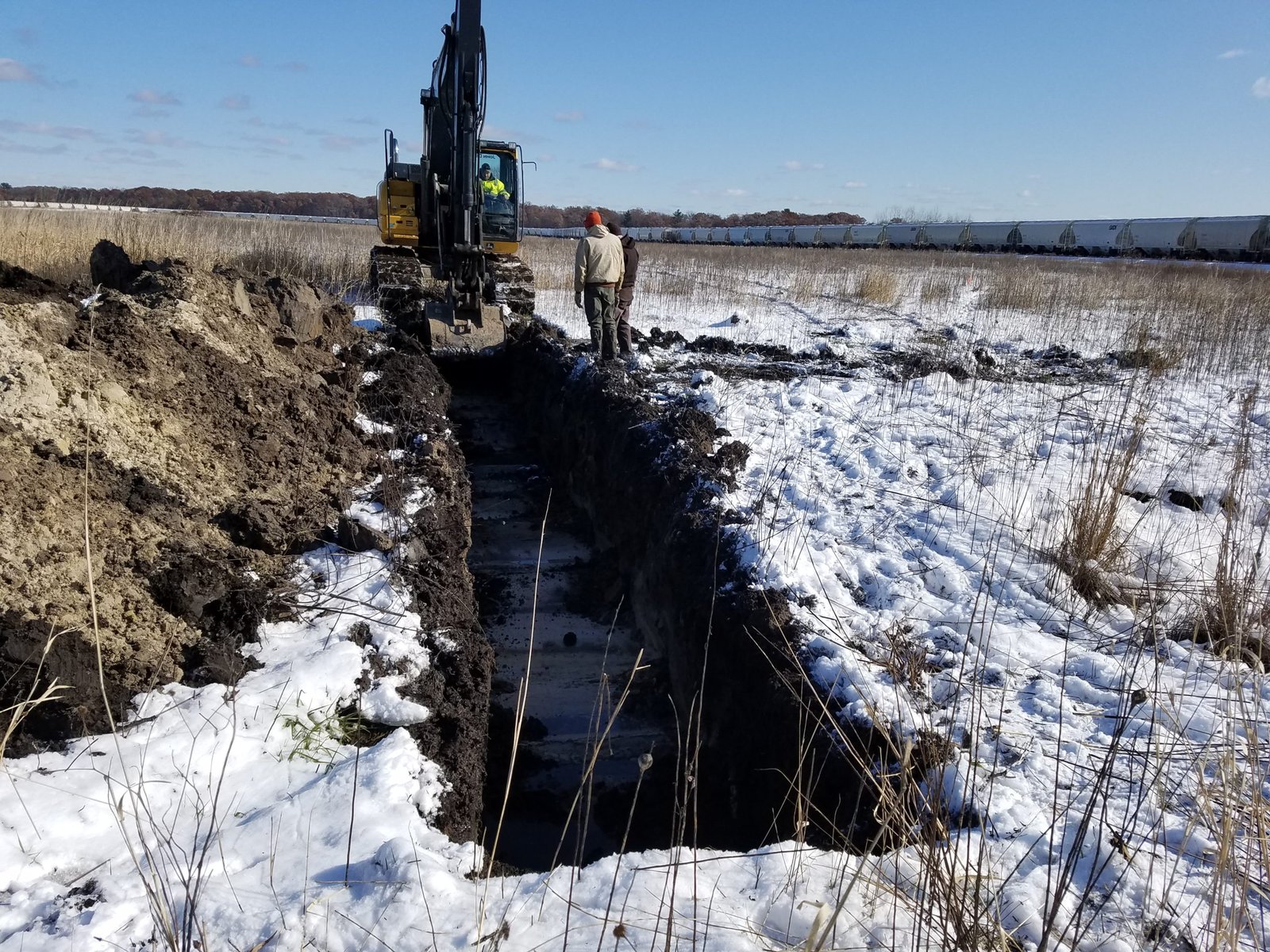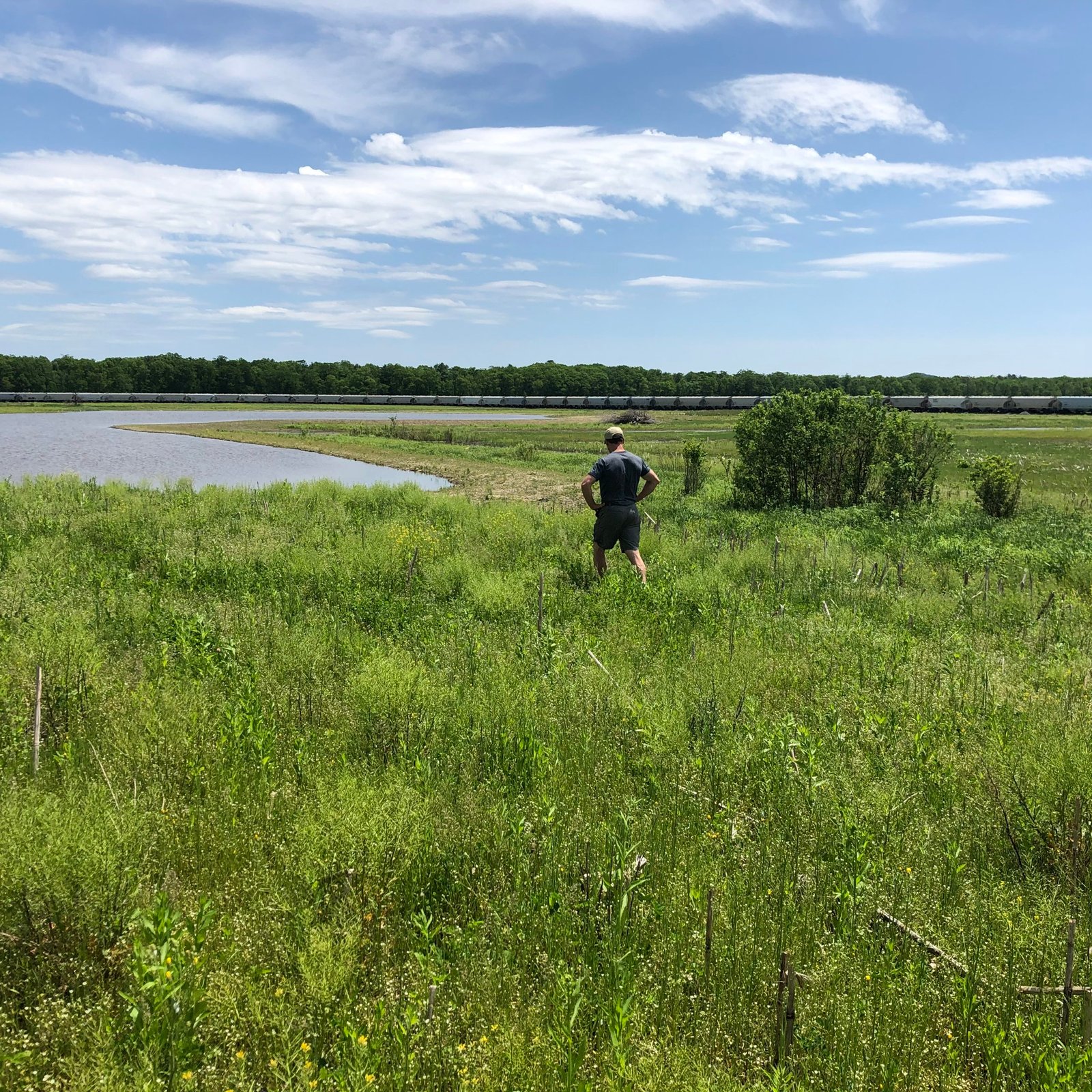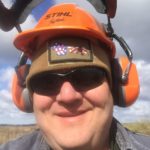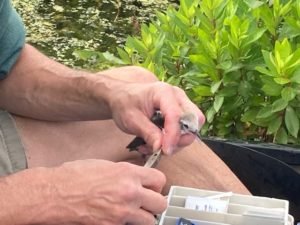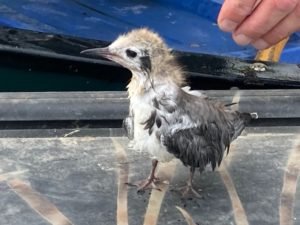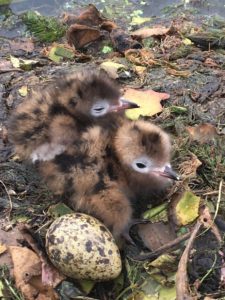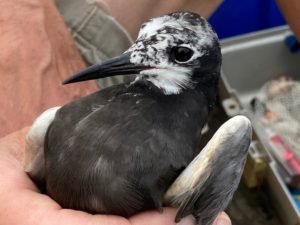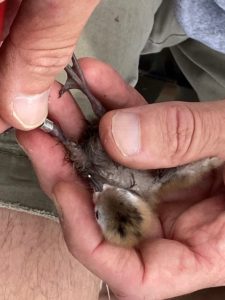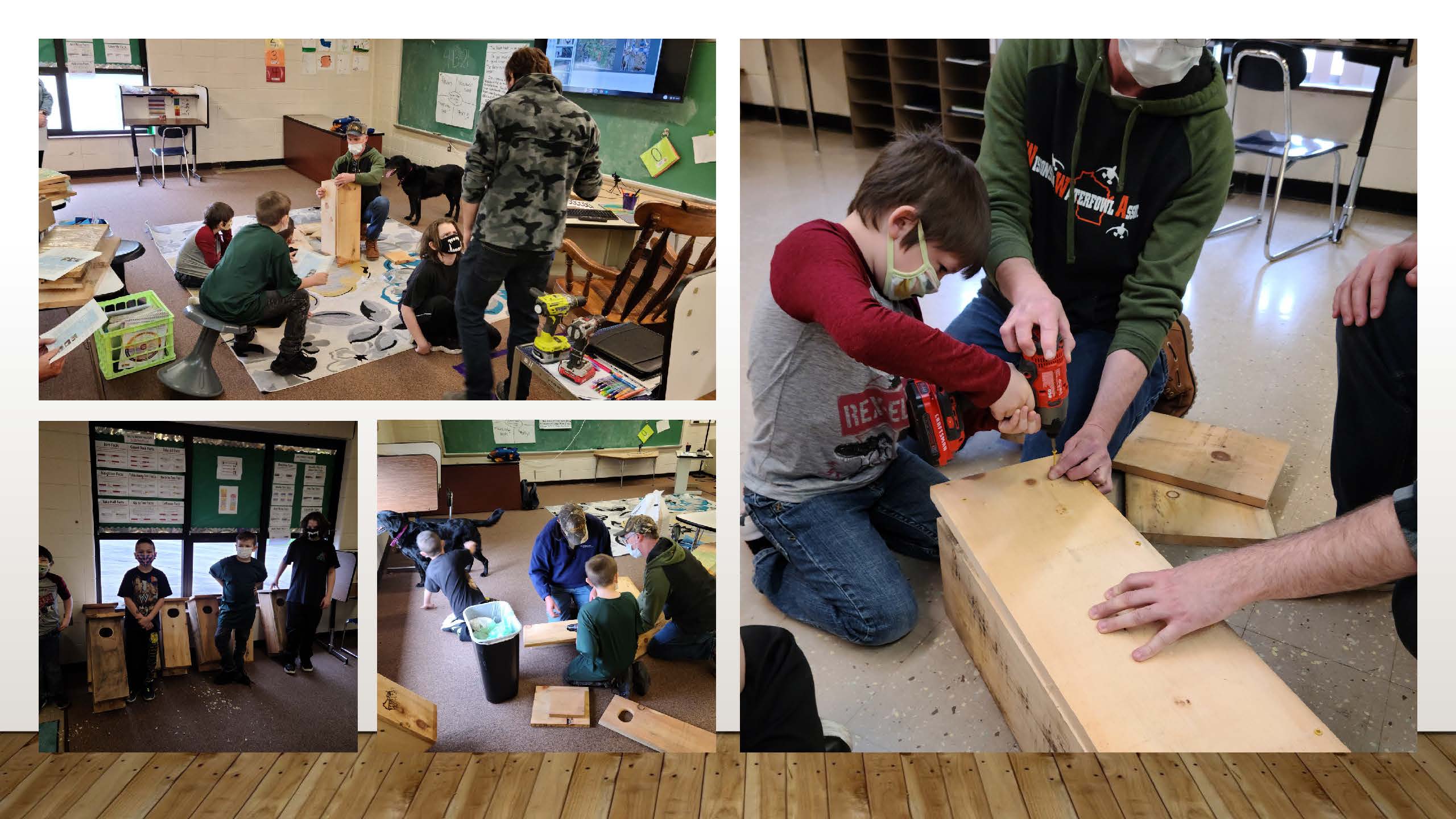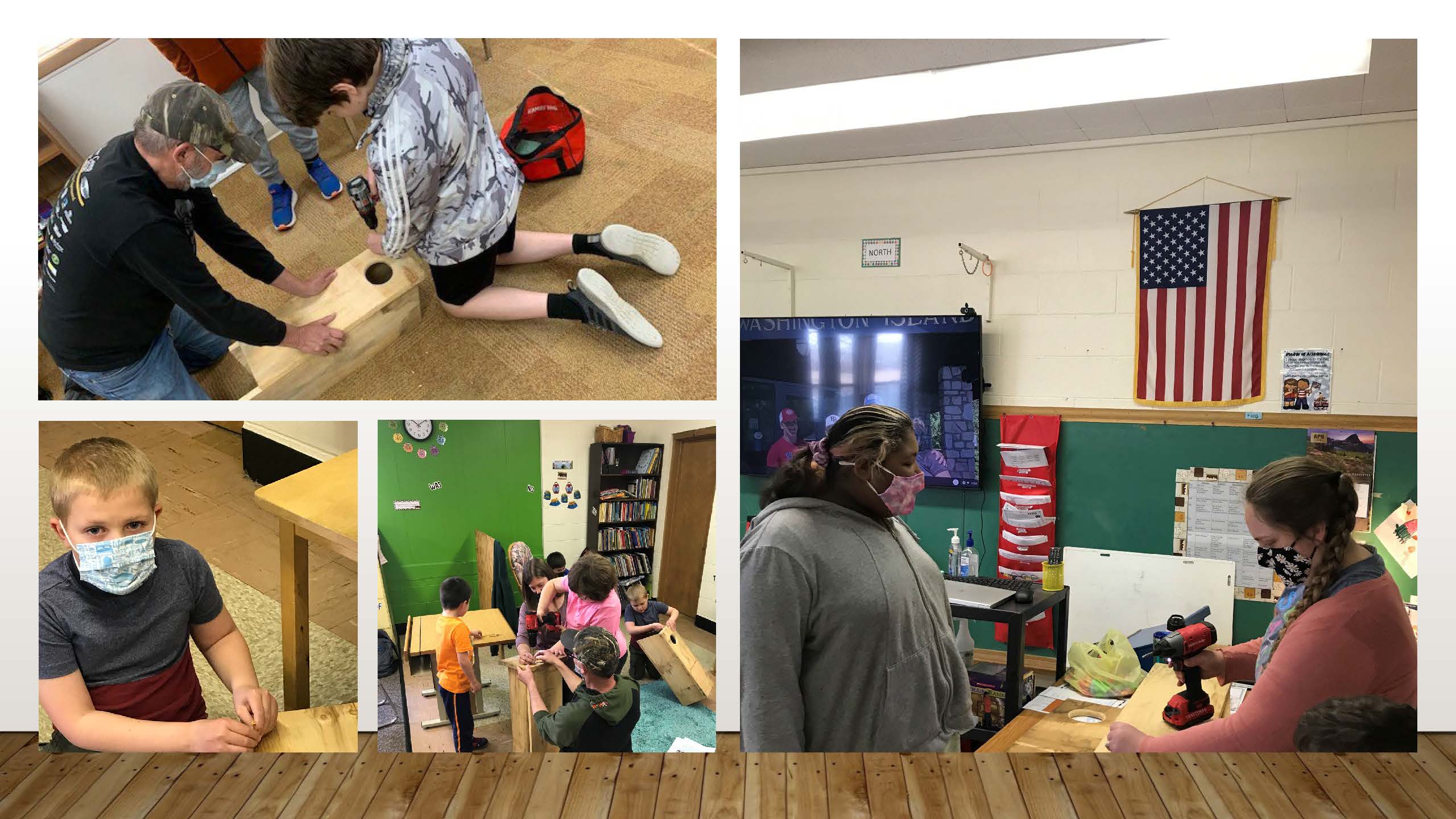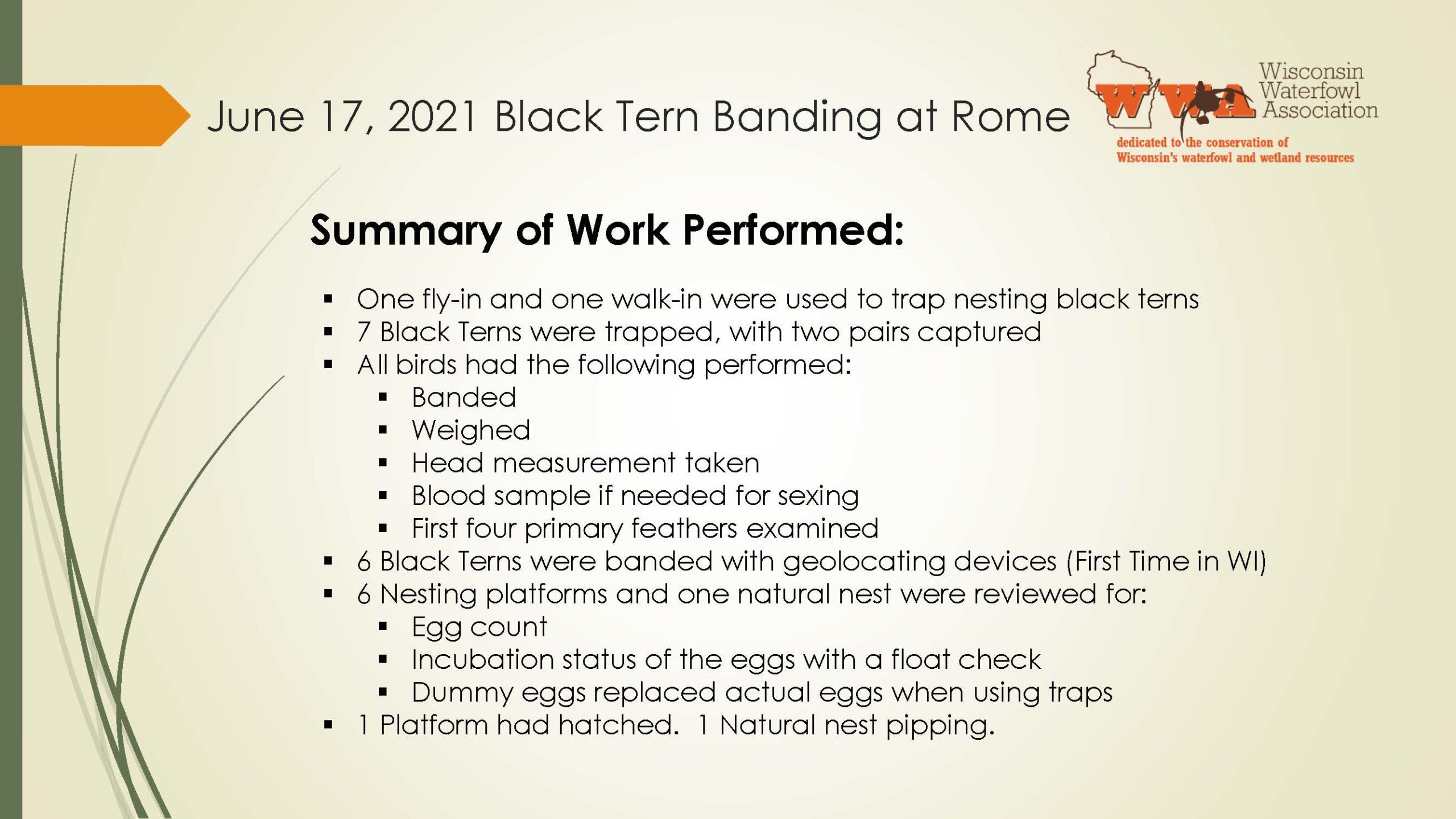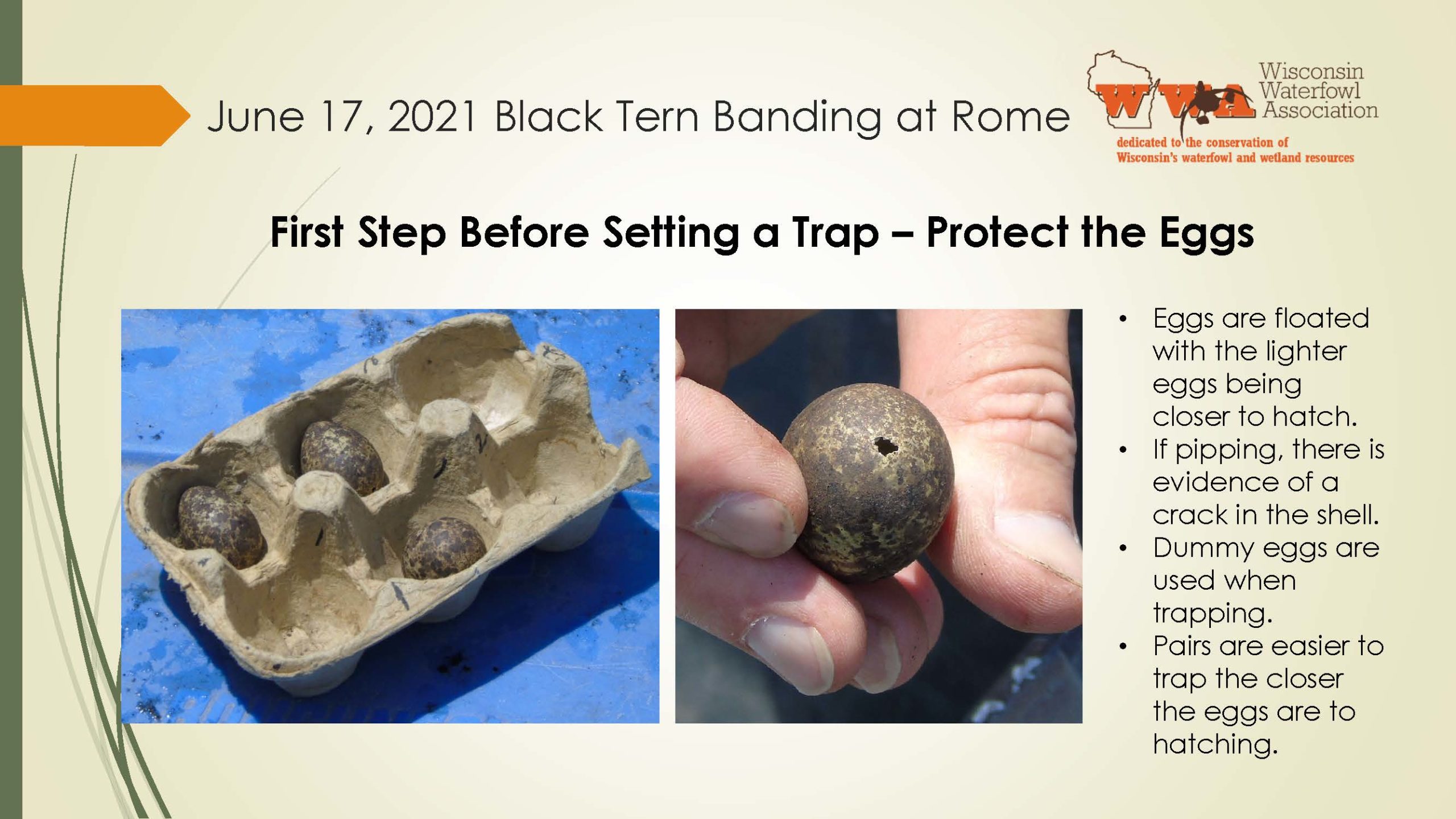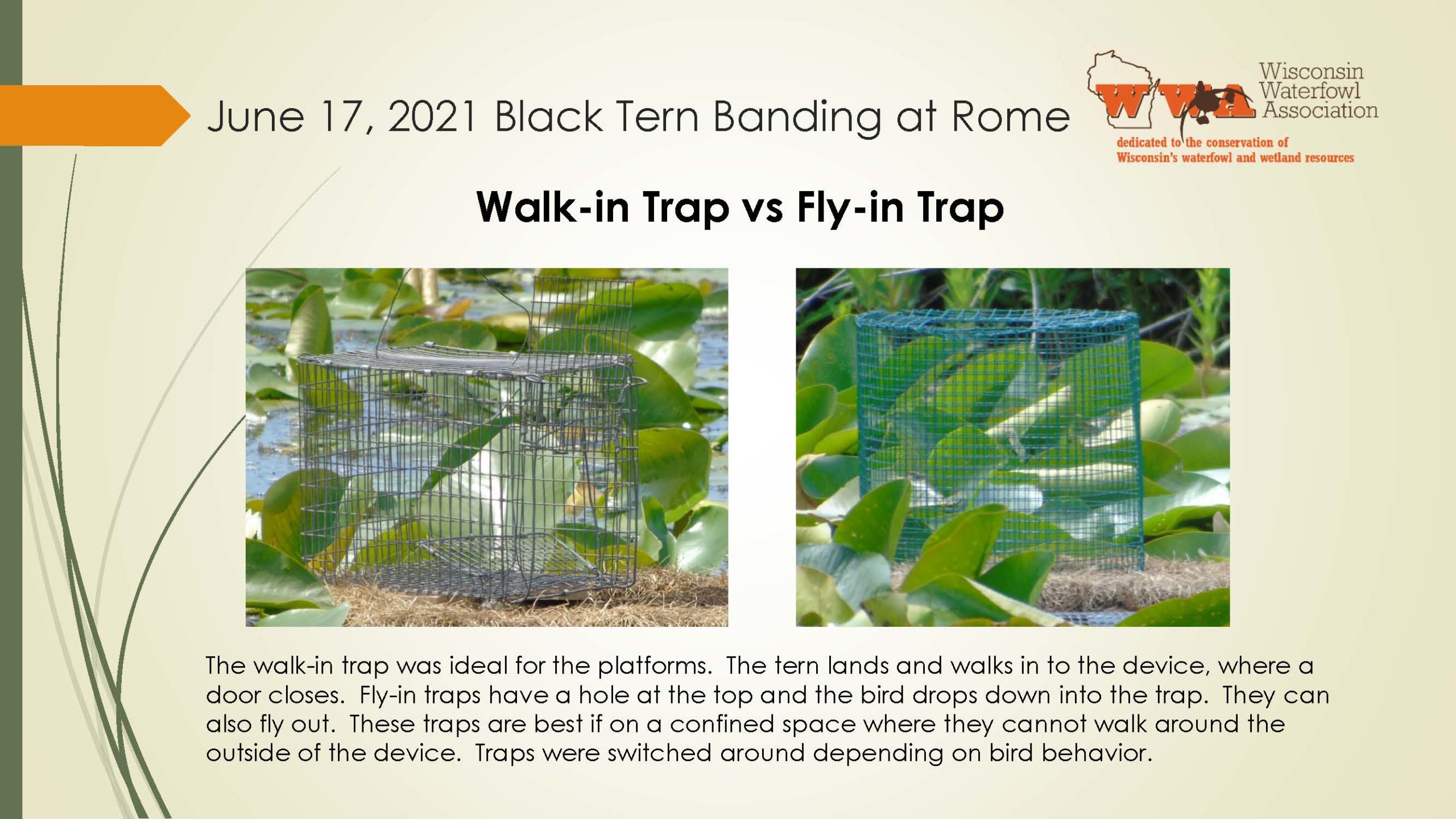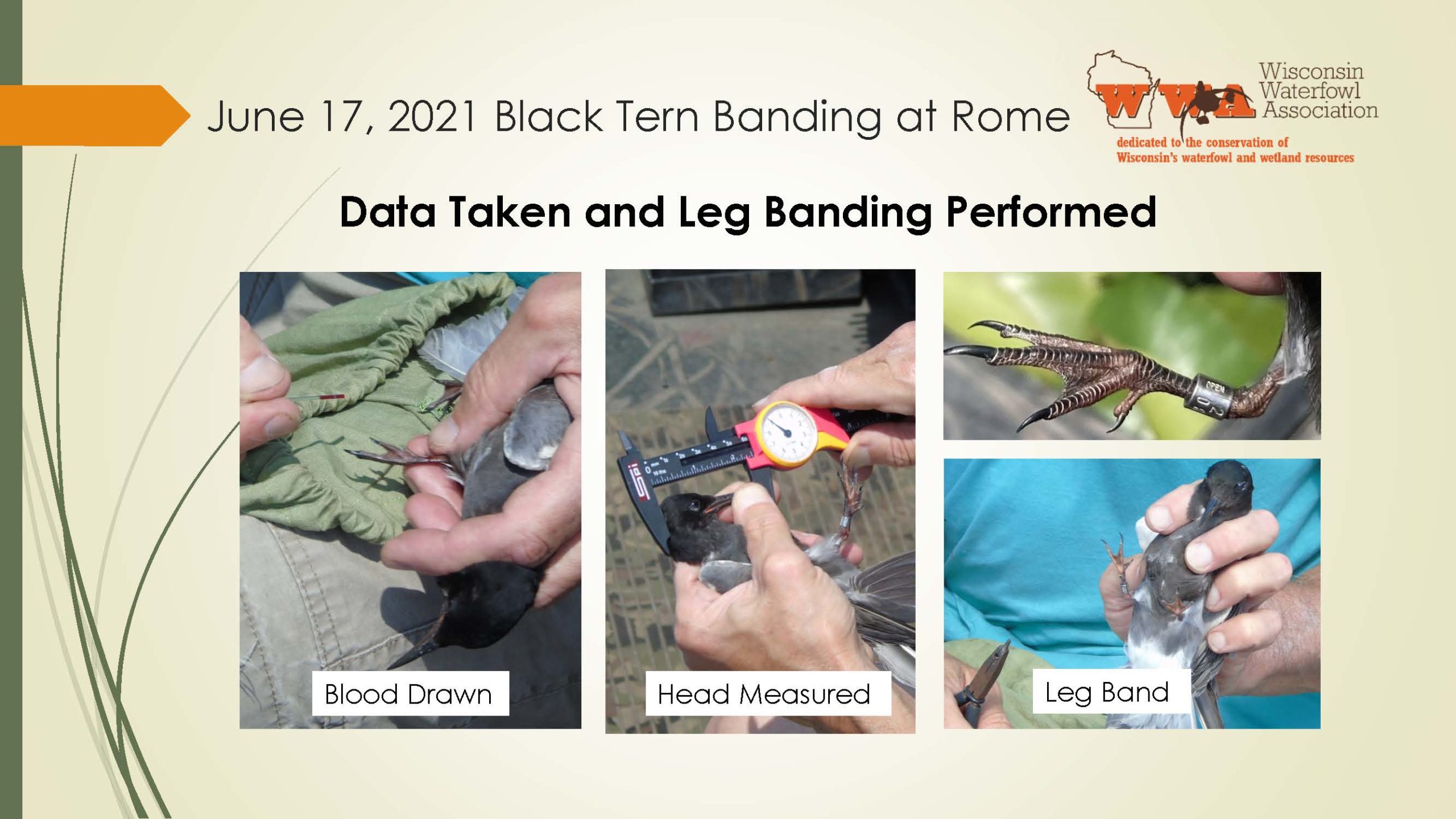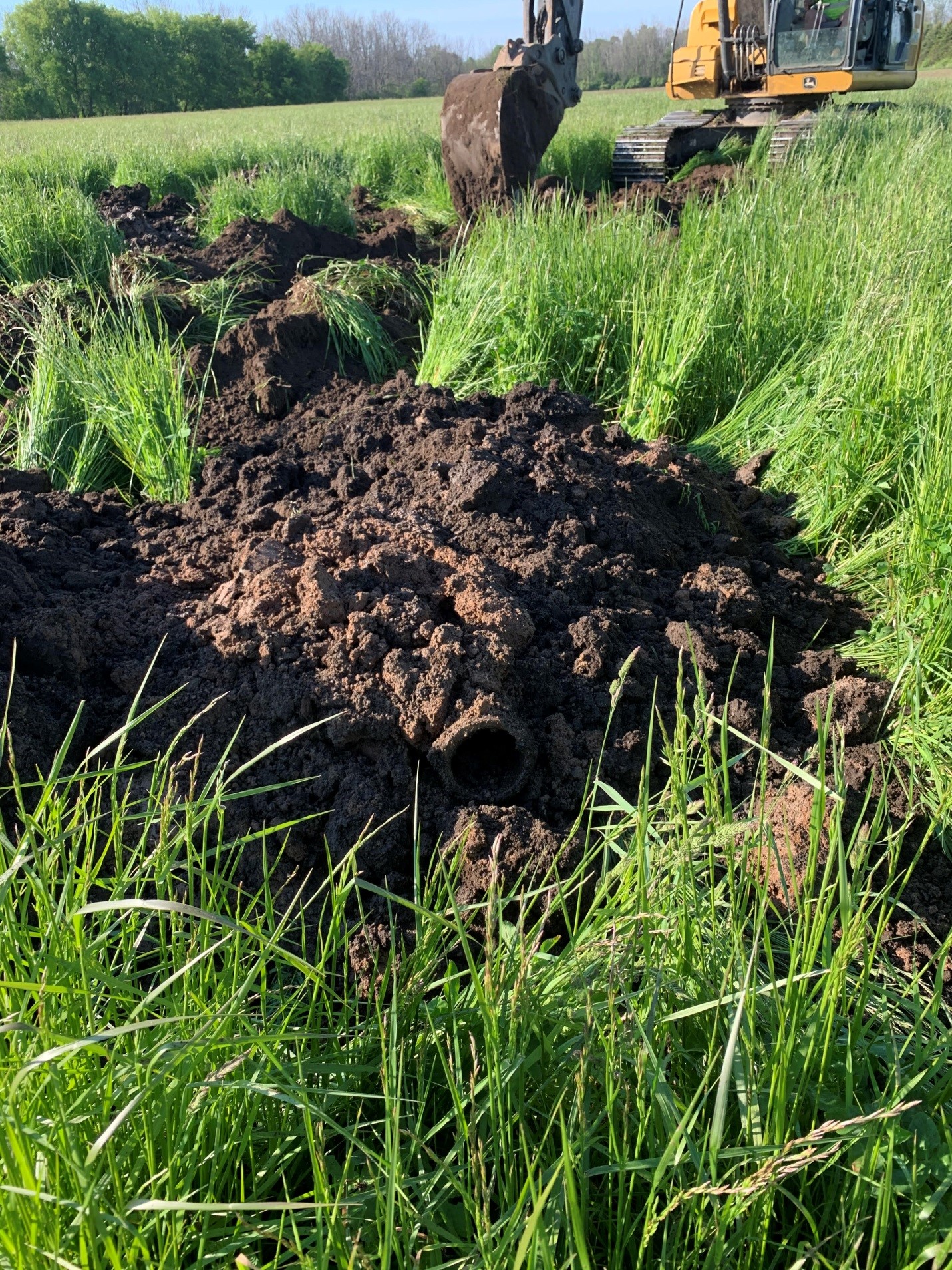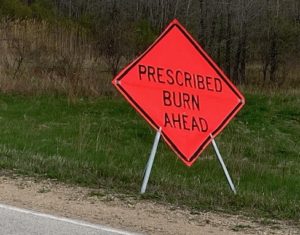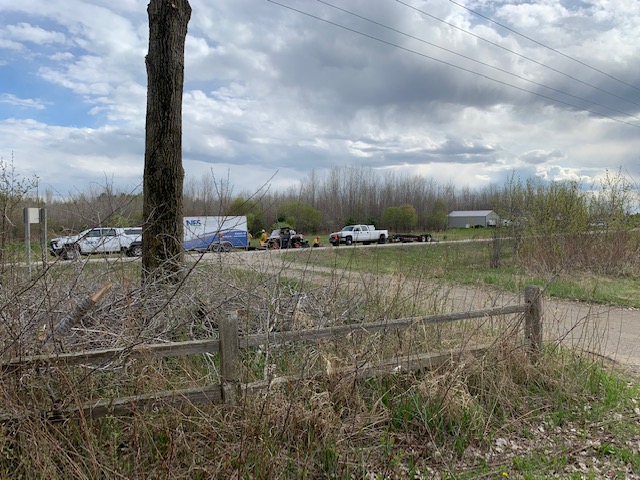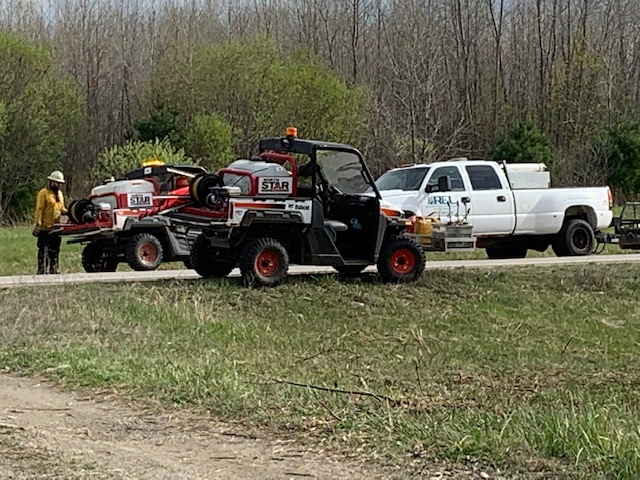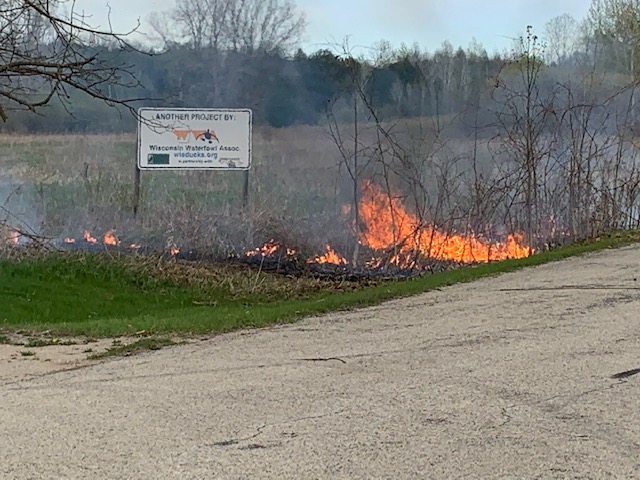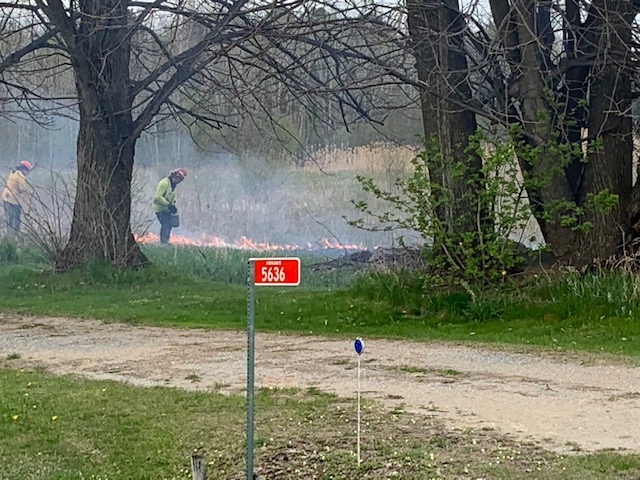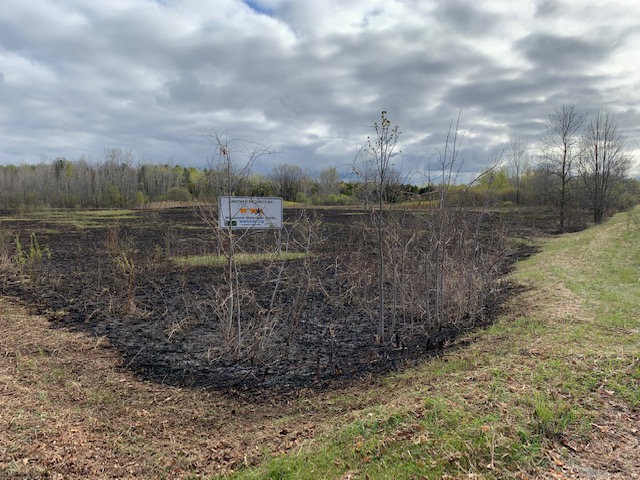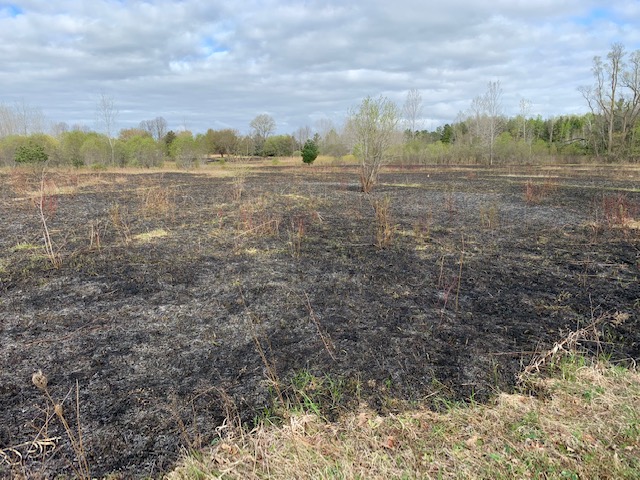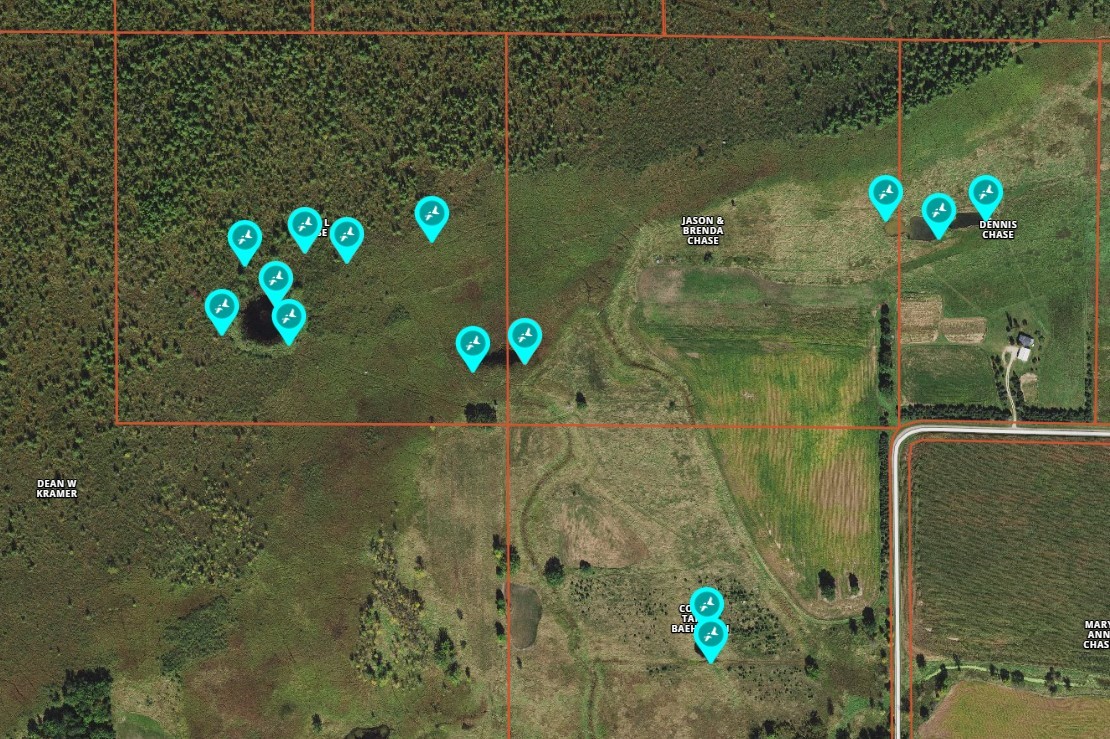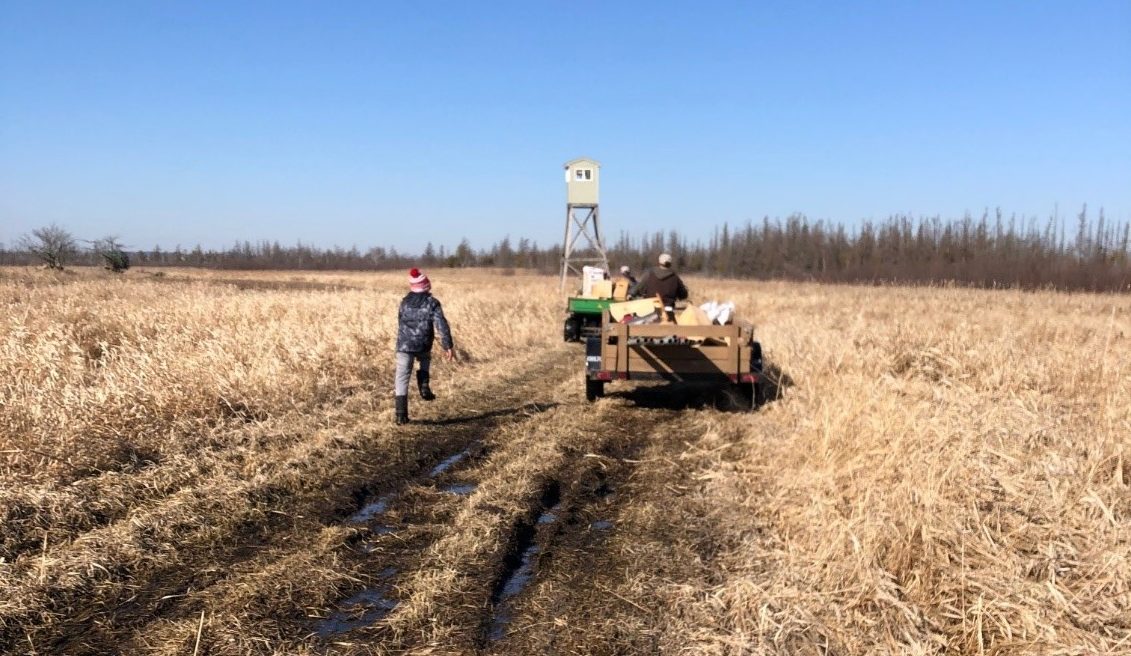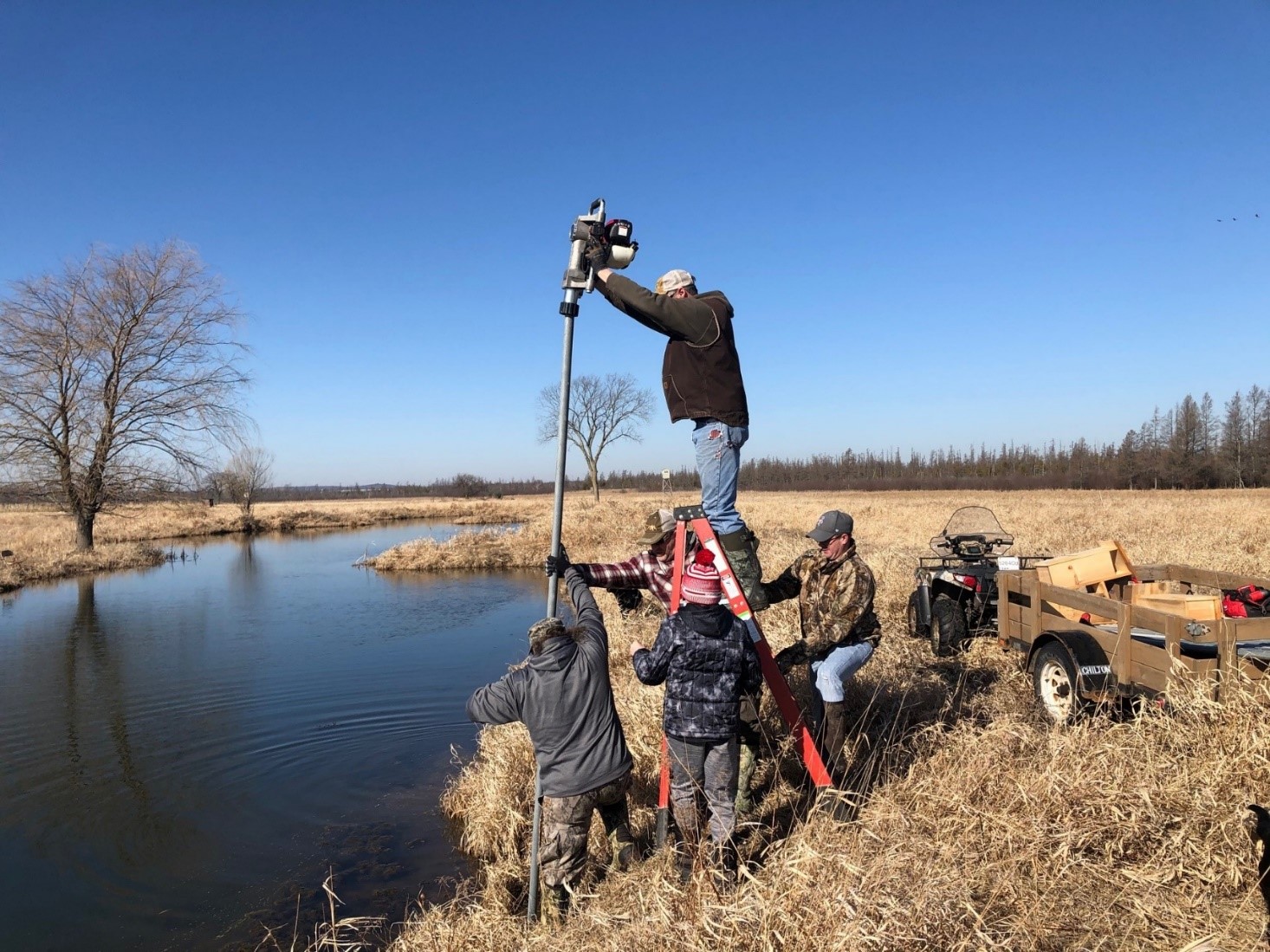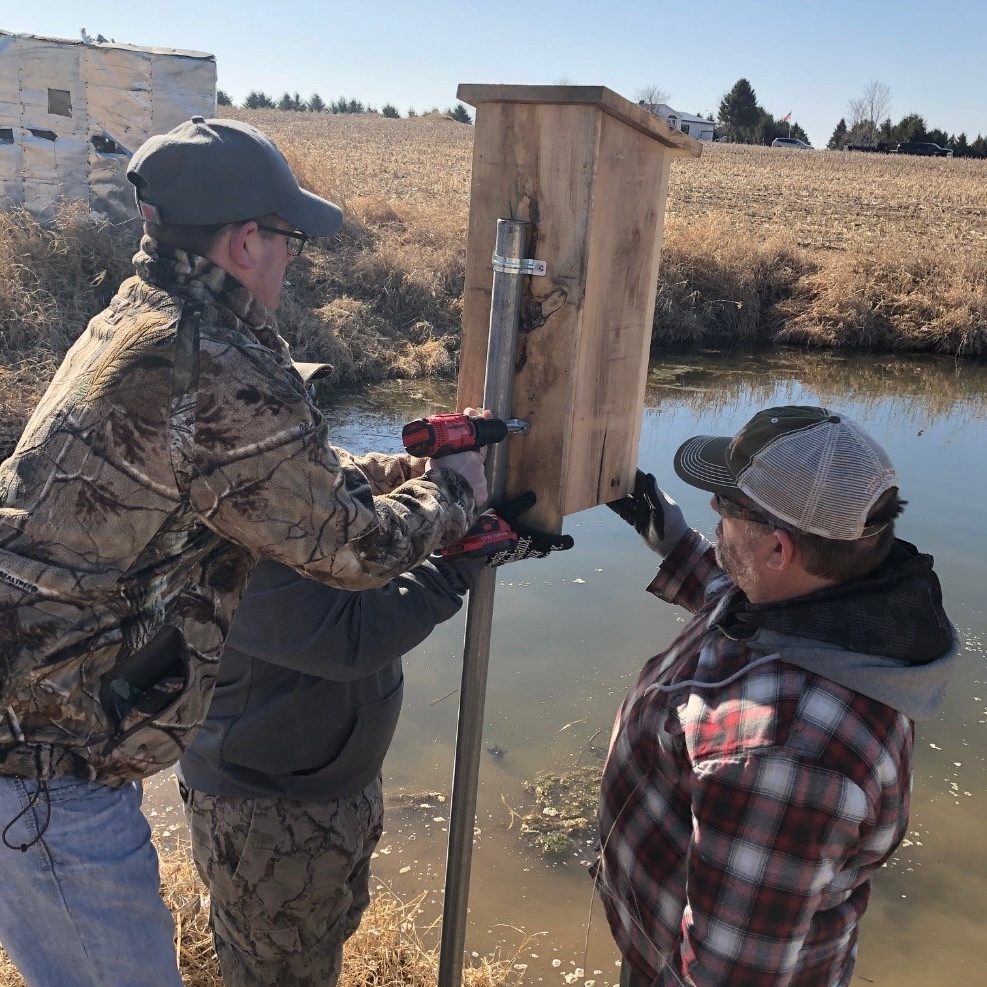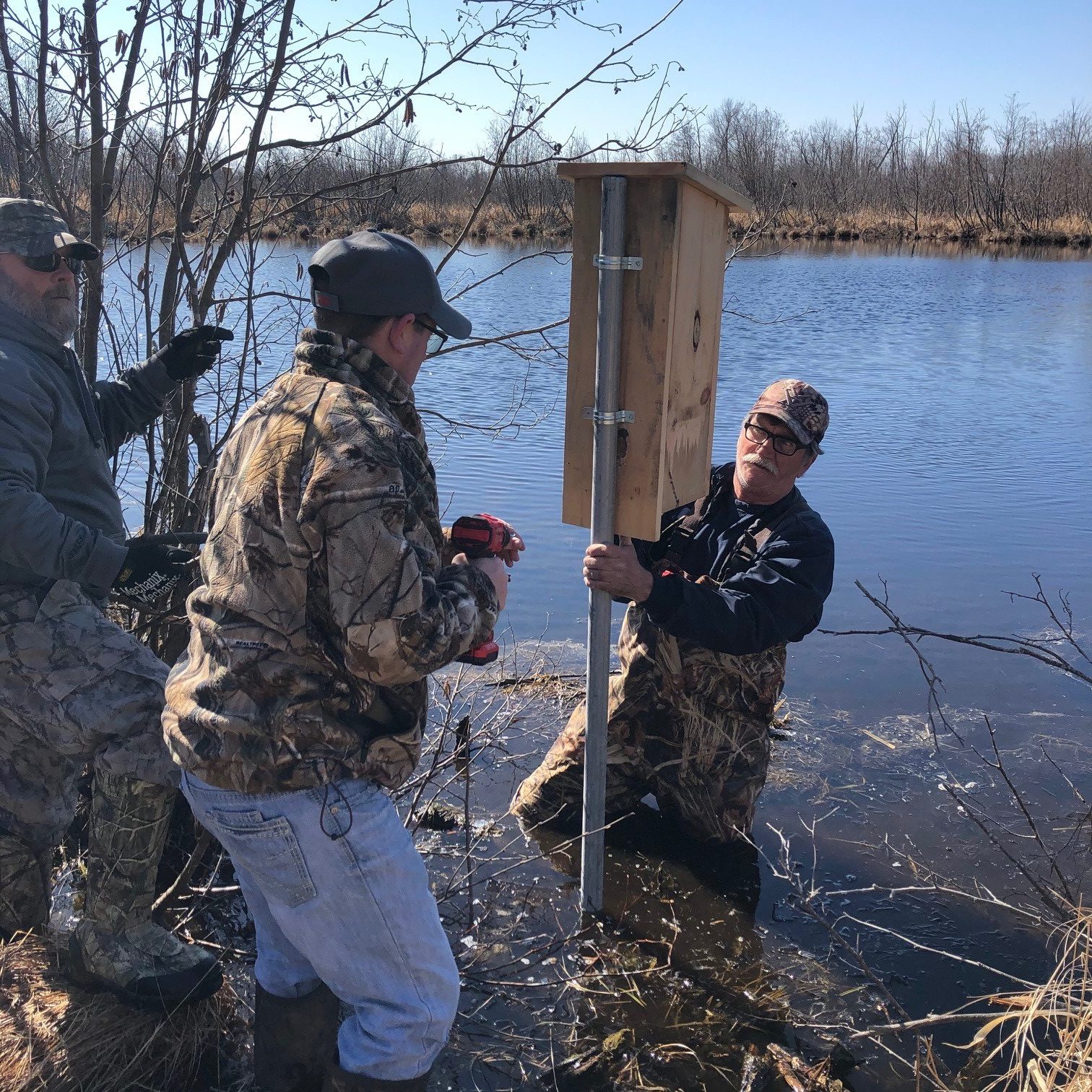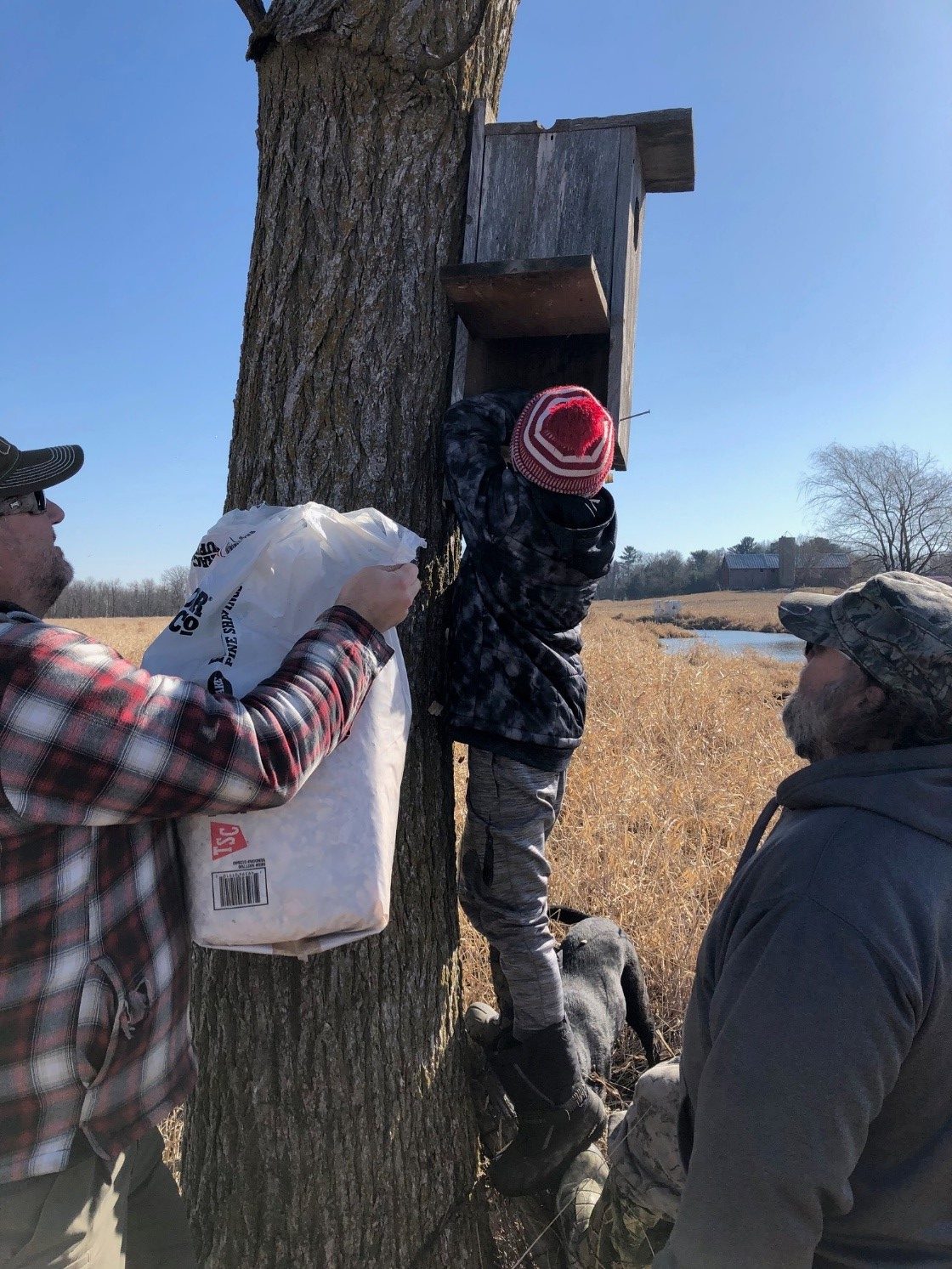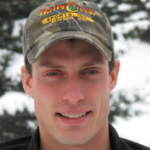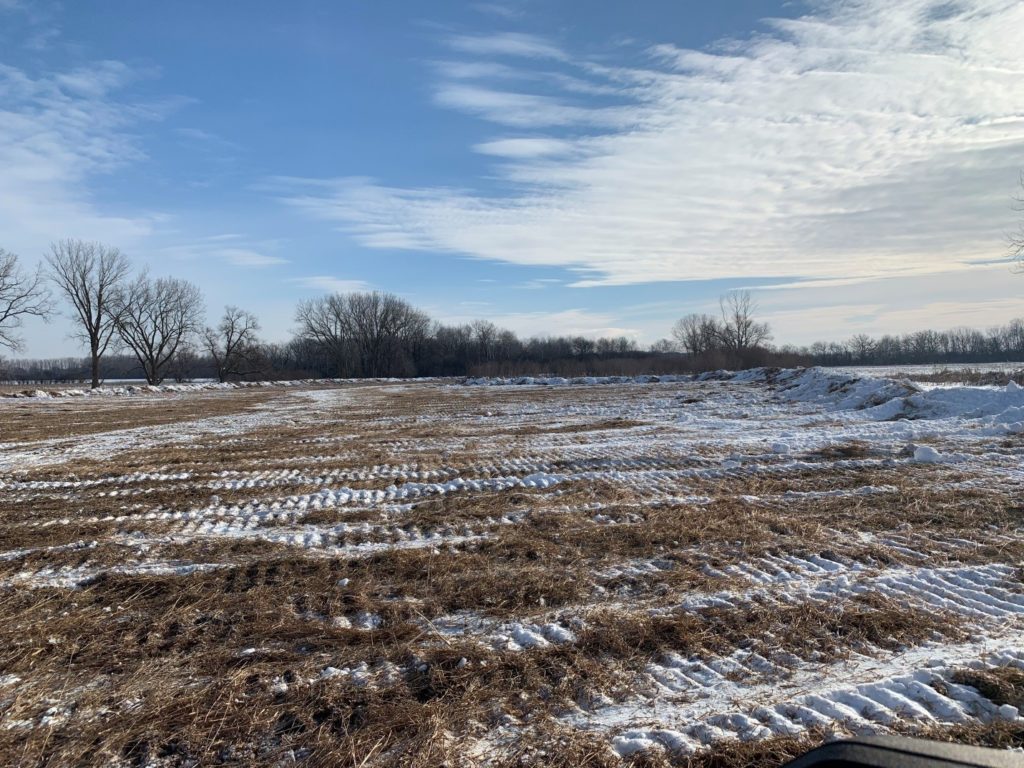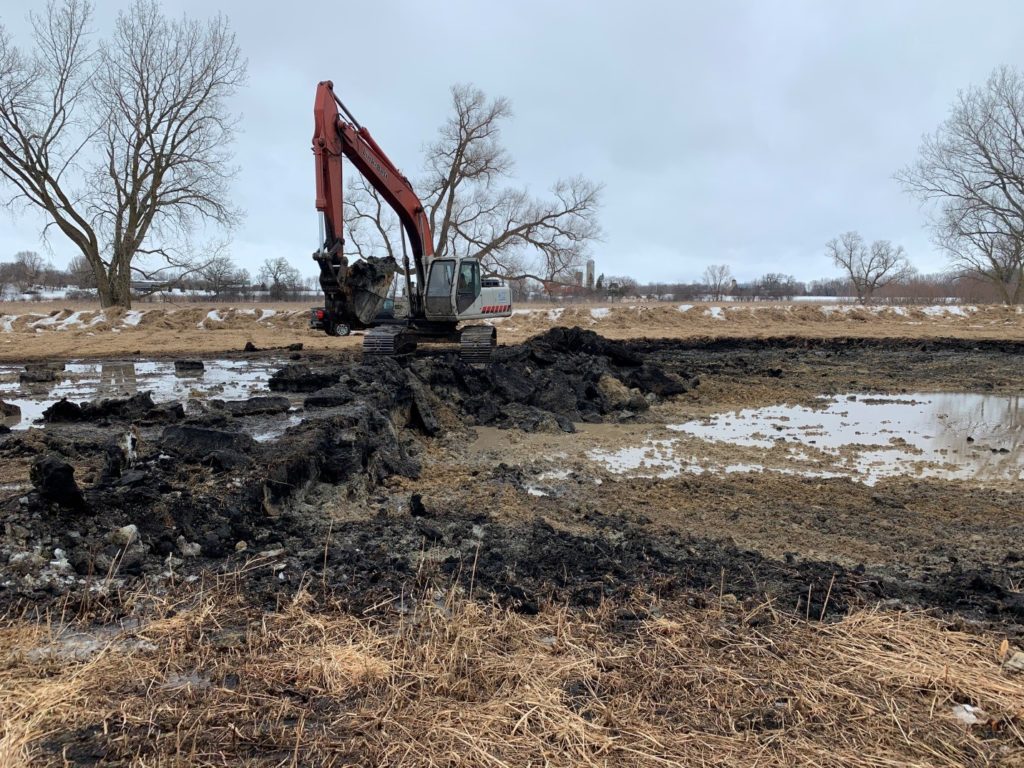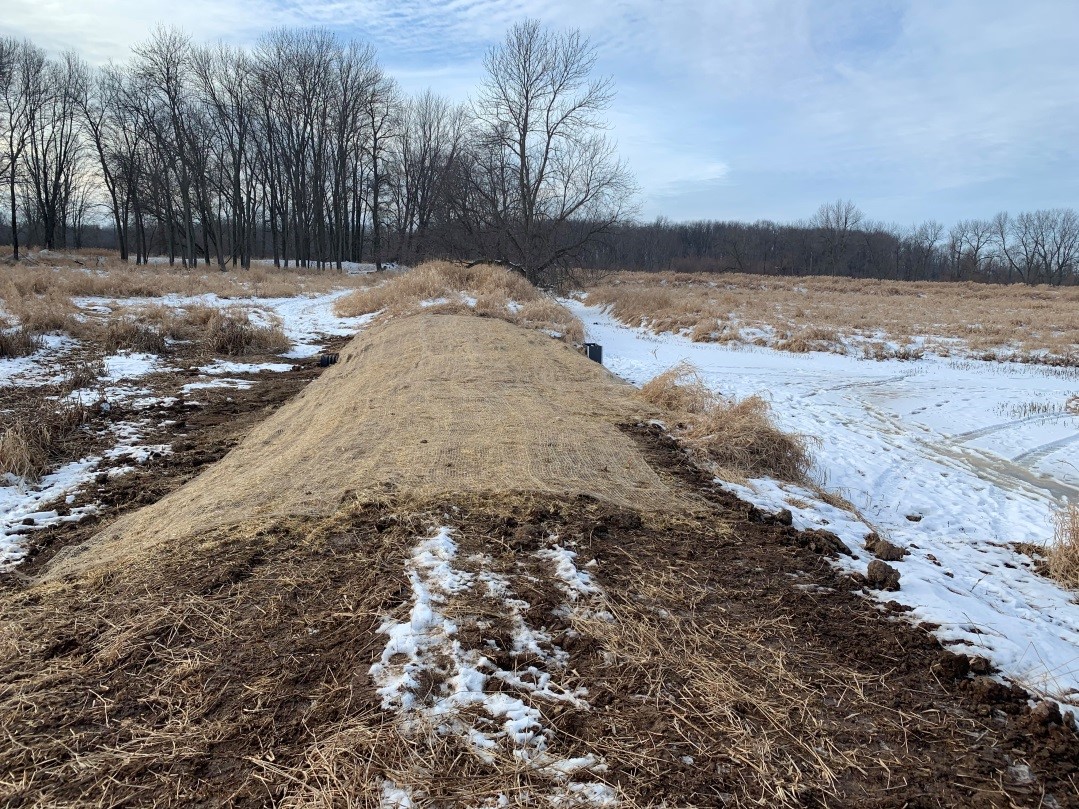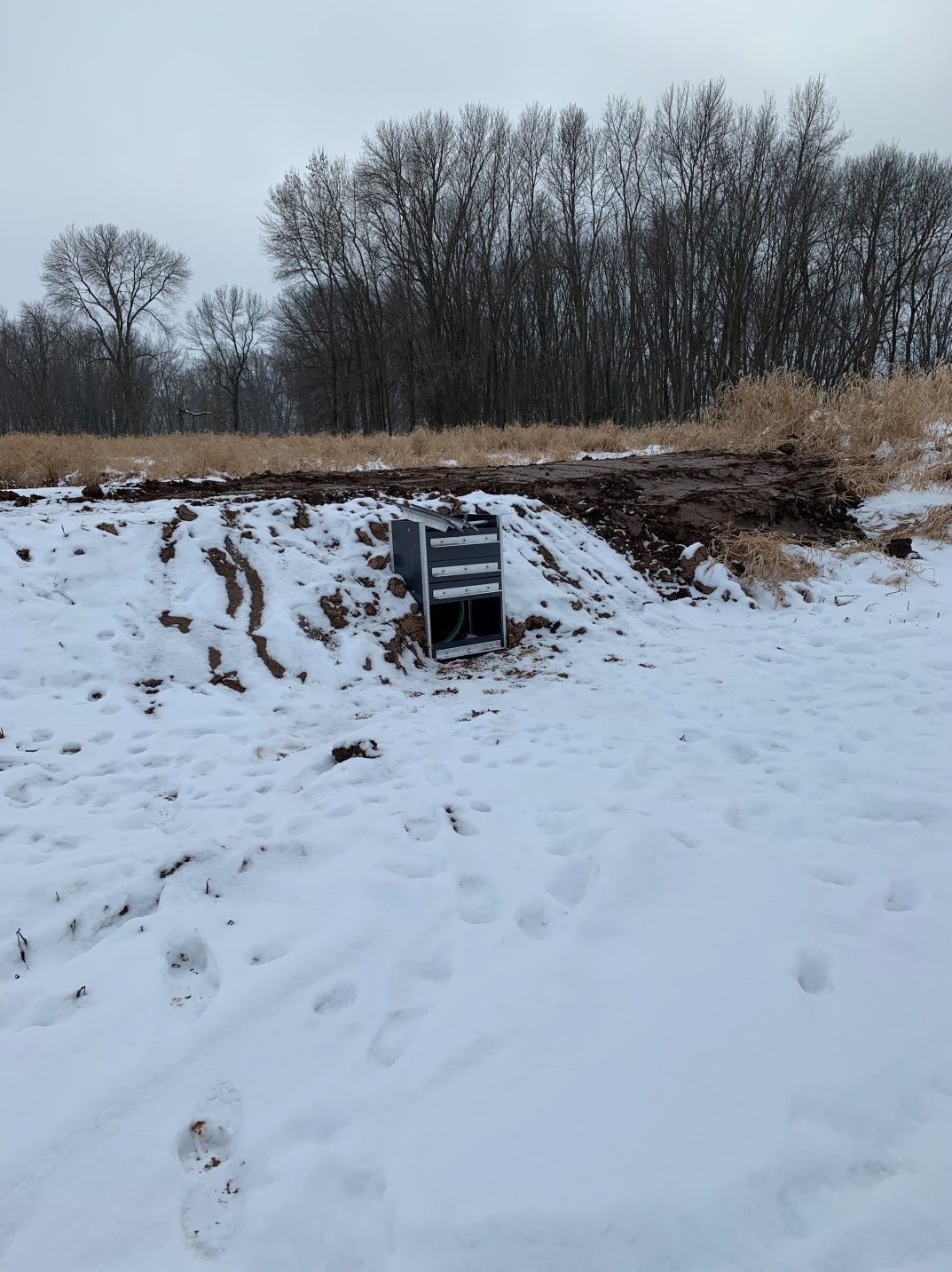Project: Statewide
 By Peter Ziegler, Project Director – 262/470-4301
By Peter Ziegler, Project Director – 262/470-4301
If you missed last month’s Waterfowl Hunter’s Expo you missed an informative forty-five minute presentation and discussion on the available programs, organizations and some of the ins and outs of obtaining funding for resorting wetlands on private land. The good thing is I gave that presentation and I’m going to fill you in, in a broad sense, on what was talked about.
A couple organizations and agencies play a prominent role in Wisconsin on this front. There is overlap and distinguishing aspects that set each organizations and program apart. There is no “clearing house” for this in our state. The Department of Natural Resources (DNR) fields lots of calls and does help to relay those on to appropriate partners. This is a big help in getting a landowner to the correct point of contact. The bare bones basic is that if you are a producer and in agriculture a good place to start is with Natural Resources Conservation Service (NRCS) field staff or the association’s Farm Bill biologist for that county. If you’re not a producer, then Wisconsin Waterfowl Association and US Fish & Wildlife Service’s (USFWS) Partners for Fish and Wildlife program are good places to start. The big thing is to remember that mostly all of the organizations work together and will pass potential projects between each other for the best outcome for restoring a wetland.
The vast majority of projects we encounter are 1-100 acres in size with the majority falling into that 5-30 acre range. Size should not sway you to do a project or not, whether it is one acre or 500 acres, we will work with you to get something accomplished. WWA provides technical assistance for most wetland projects with our program. We know sometimes the hardest part is getting the survey, design, permitting and regulatory process completed so that you can start digging.
The best program, from my point of view and from a financial standpoint, is the Wetland Reserve Enhancement Program (WRE) through NRCS. This is also the most competitive program and large acreage is needed to be competitive within it. Smaller acreage projects are picked up by WWA, USFWS and County Conservation Departments, typically.
Any project with hydrologic alterations would meet most conservation program’s goals and many partners would probably work together to complete a good project with hydrologic alterations. Hydrologic alterations would include ditches, drain tile and berms, anything that changed the natural flow or storage of water within a landscape. Wildlife scrapes are another common project inquiry. These are tough to cost share on in a large dollar amount due to the high cost per acre associated with them. It’s important to have a professional take a look anyway because I have found scrape inquiries which contain hydrological alteration that can be reversed, which makes the project more attractive for cost share options.
Three examples of projects we have worked on that demonstrate how partners work together to accomplish what is best for a project are briefly discussed below.
- A 50 acres site with a berm and ditches. Landowner was referred to WRE but did not rank high enough for funding two years in a row. The landowner came back to WWA and we completed the project in conjunction with the County Conservation Department and USFWS Partners program. The area was low and wet and only produced hay cuttings. Once the ditches were filled and the berm breached with a water control structure, the area immediately inundated and is an ideal mix of 50-50% emergent to open water habitat.
- A landowner approached WWA with a parcel that contained farmland and degraded drained wetland. This project was restored through three programs. The north half, which was farmland with drainage ditches, was completed through the Conservation Reserve Enhancement Program (CREP) from NRCS and the county. The south portion, where a large ditch was disabled along with drain tiles to rehydrate a low area dominated by Reed Canary Grass, was restored through WWA and USFWS Partners program, restoring it to an emergent wetland.
- A farmed wetland that was drained both by drain tiles and ditches worked cooperatively for funding and technical assistance. This is one where USFWS asked WWA for technical assistance. WWA helped develop a plan for the project, assisted USFWS in writing a grant to secure enough funding for the project and the landowner provided labor and equipment to get the project completed, shown below during construction and afterwards.
These examples show how diverse and unique every project is. Not all will have multiple partners, but it goes to show how these organizations partner together to accomplish wetland restorations across Wisconsin.

